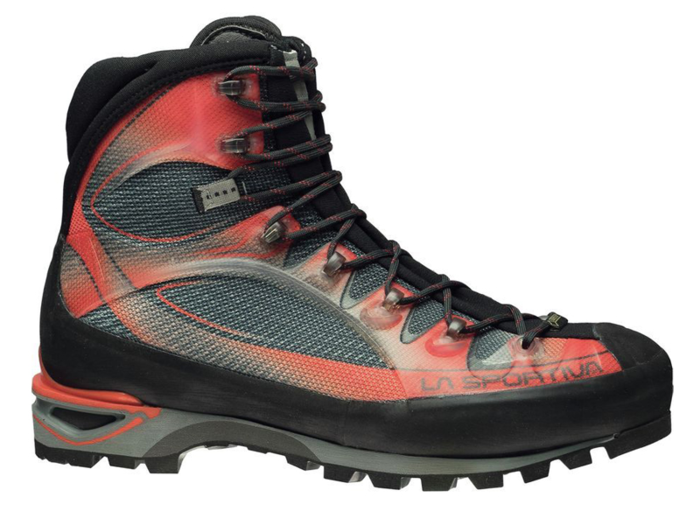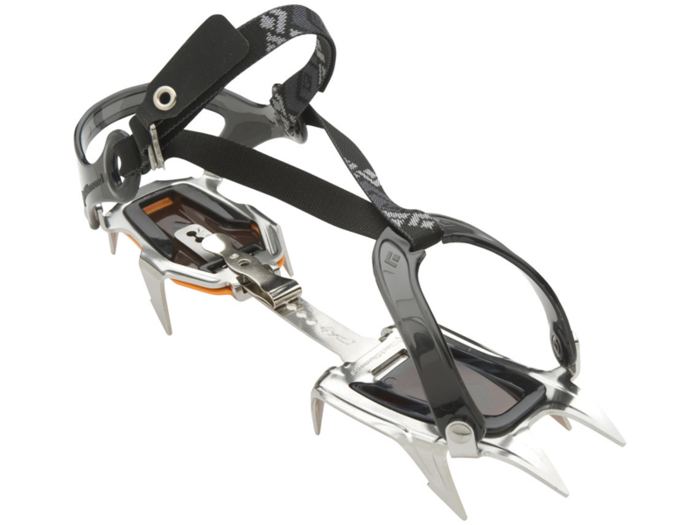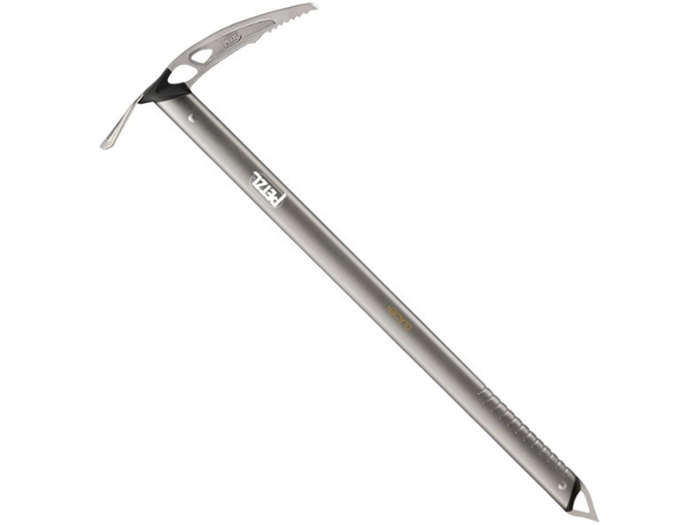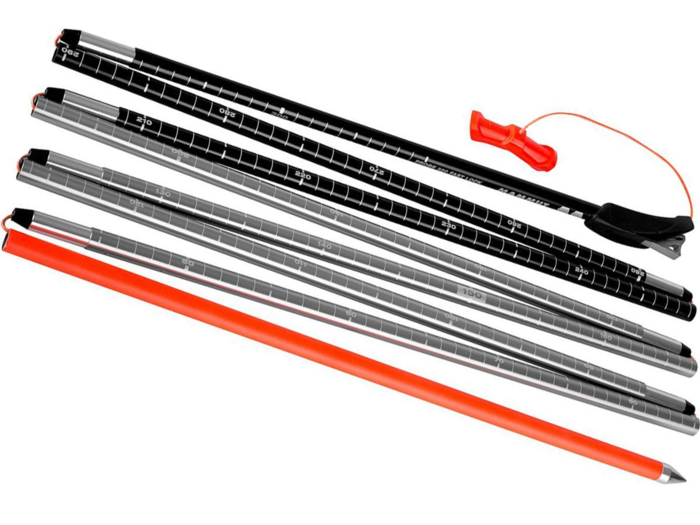- Home
- slideshows
- miscellaneous
- 7 essential pieces of avalanche safety gear you should always have and know how to use before going up a snowy mountain
7 essential pieces of avalanche safety gear you should always have and know how to use before going up a snowy mountain
A durable backpack

A good pair of boots

The Sportiva Trango Cube GTX is the boot Goldilocks would go to the mountains with.
It's not too flimsy to kick steps or use with crampons, but it isn't too stiff to hike in either. It isn't too hot and clammy to wear in warmer weather, or too light for below-freezing days. The heel welt allows you to use hybrid crampons, but this boot is far lighter than many mountaineering-specific boots. It has a seamless construction, waterproof fabric, and Gore-Tex coating so that your feet will stay dry in wet snow too.
I found the sole itself to be grippy on rock and ice, and flexible enough for days of mixed condition hiking. In short, if you want to travel by foot in the winter, this is a great boot.
A pair of crampons that fits your boot type

When looking for crampons, you should start with your boot type. There are three basic types of crampon — step-in, hybrid, and strap — with each one fitting a specific type of boot.
Step-in crampons require a booth with a toe bail and heel tab that allows them to lock onto a specially-designed boot. Hybrid crampons use a toe loop made out of plastic and a locking heel tab. Strap crampons don't require special boot attachments and instead, use straps to attach to any boot as the name suggests.
You'll also run up against 10- and 12-point models — 10-point models are fine for general snow travel and 12-point designs are really only required for technical ice climbing and mountaineering. Likewise, with vertical front points, you won't really need unless you plan on getting into some technical ice climbing.
We love the Black Diamond Contact crampons because they come in step-in, strap, and hybrid models. The anti-balling plates do a good job of keeping snow from sticking to the spikes and the adjustable straps works with a huge range of boots and shoes. The horizontal front points will help you stay upright in steep snow, but note that this isn't an ice climbing crampon.
The steel points should last a long time compared to more lightweight and aggressive aluminum models. These are relatively flexible too, making them suitable for use with a normal boot or shoe. Stiffer crampons will work better with mountaineering specific boots, but these make a great all-around starter crampon for footwear you're already hiking in.
An ice axe

Petzl Glacier is a great ice axe for low angle (read, not vertical) mountaineering and travel on, you guessed it, glaciers. The pointy base, light weight, and high-quality steel pick make this a great option for self-arresting and support when traveling in the snow.
Shorter shafts are better for ice climbing and shorter people whereas longer shafts are better suited for taller people and those who will mostly be traveling on their feet. The back side of the pick, called the adze, is used for cutting steps into steep snow, which is useful when ascending snow-covered passes.
Again, it's important to practice self-arresting before you set out on a trip, so we'd recommend taking a course to master the use of ice axes, crampons, and other tools that make mountaineering safer. REI has some courses you can take.
Rescue and safety gear

Mammut made its name in high mountain adventuring and it offers several bundles for snow safety. But as with all technical gear, none of these things will help if you don't know how to use them so definitely take educational courses, practice regularly with your gear, and always stay abreast of conditions.
The Alugator Light Shovel weights just a pound, has a huge blade, and telescopes down to just 14.5 inches. Despite the milled aluminum head, this shovel moves wet snow as well as any that we've tested and fits in the smallest pack.
The brand's fast-lock probes also assemble quickly, weigh less than a pound, and come in a sheath with rescue instructions. When fully extended, the 320 model is 320 cm or more than 10 feet, so it's long enough to find someone buried deep down under the snow; it collapses down to 45 cm or just under a foot and a half.
A rescue beacon, like the Barryvox could save your life if the worst happens by sending radio signals to rescuers should you ever get stuck under snow; it can also save lives if you're part of a rescue effort by switch it to "receiving" mode. There's a full how-to guide and video tutorial here.
With 70 meters of range and intuitive controls, the Barryvox is strong enough for the scariest situations but simple enough for beginners to use. Advanced features, such as marking multiple victims, mean that you'll never outgrow the Barryvox as your snow experience grows.
Popular Right Now
Popular Keywords
Advertisement